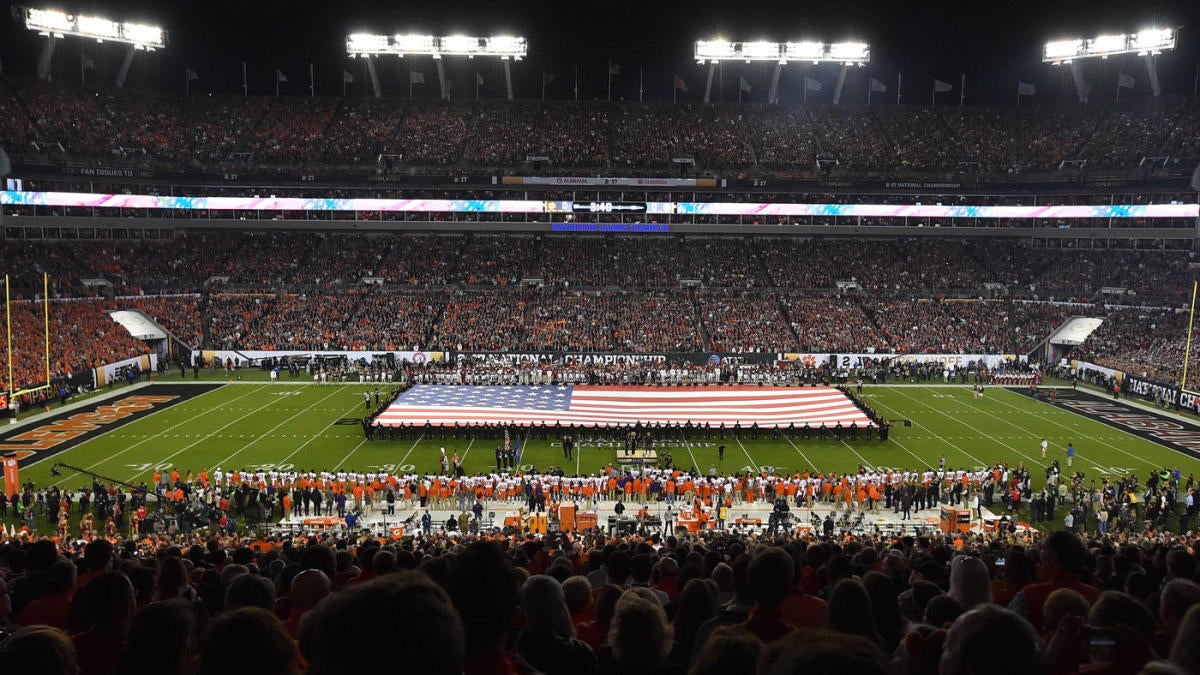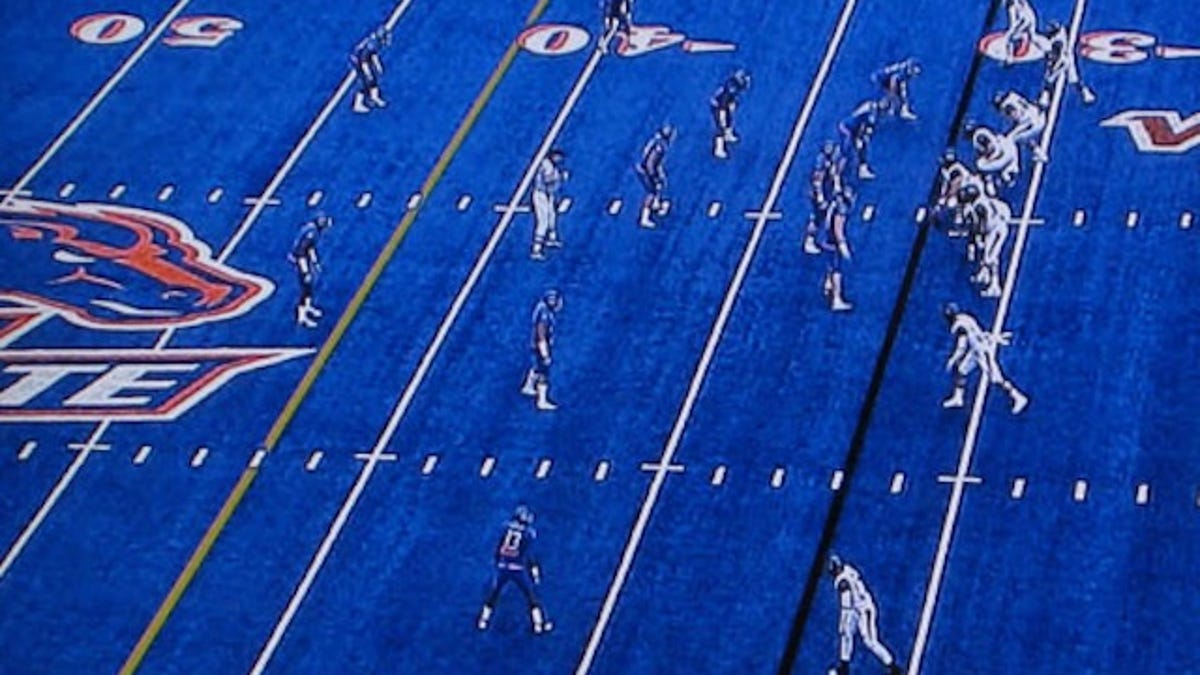Well, I’m glad the bowl games are over with.
The Sports Critic doesn’t believe Mae West was correct when she said, “Too much of a good thing can be wonderful.” Bowl games are a good thing, but there are too many of them, and that ain’t so great. So I don’t mourn the end of “bowl season” and the coming (eventually, one of these weeks) of an actual championship game.
Once upon a time, there were only a handful of bowl games, and they all happened on New Year’s Day (which, confusingly, sometimes falls on January Second). In those days, the big four games (Orange, Cotton, Sugar and Rose Bowls) featured some of the nation’s best teams.
Bowl Games are Watered Down

Those games were eventually joined by smaller bowls. These include the Tangerine and Bluebonnet (perhaps the winner got a tub of margarine; everything’s better with Blue Bonnet on it) Bowls. Finally, we gave up on fruits and spreads and went with pure corporatism. Today the Cheeze-It and Redbox Bowls are real things. And what college player doesn’t dream of competing for a box of crackers or a free DVD?
The idea of bowl games was to reward excellence. Every year, a winning team from the frozen Midwest (usually Michigan) would earn a winter trip to Pasadena to lose to a winning team from the Pac-8. Bo Schembechler alone went 2-8 in the Rose Bowl, which certainly had more thorns than blooms for that Michigan man.
Today, though, the games literally (and I’m literally using that word correctly) reward mediocrity. Teams qualify for a bowl game if they go 6-6, which would seem to be the very definition of mediocre. Of course, since there are 79 teams that will finish with a .500 record or better and “only” 78 bowl slots (39 games!) available, one team is always left out. This year it was the Toledo Rockets.
We’re All In
“We obviously are very disappointed that our football team was not invited to a bowl game this year.” Toledo Vice President and Athletic Director Mike O’Brien said to anyone who wanted to listen; few did. Maybe Toledo got lucky. In 2004, a weak Syracuse team advanced to the Champs Sports Bowl because both Clemson and South Carolina took themselves out of the bowl picture to punish their players for a massive season-ending brawl. The Orangemen were pounded by Georgia Tech 51-14, an embarrassing end to a sad season. Something tells me they “shoulda stood in bed,” instead.
College football’s problem is that it looks at things backward. In most sports, things become exciting in the playoffs, because every game is an elimination game. In college football, teams that have been long eliminated meet up as if they were undercards for the main event, the championship playoff. Nobody really wants to see a 6-6 Ohio Bobcats team play a 7-5 Nevada team on a blue field in Boise. But we have to wait for that game to end before the real championship game can begin.

In a real playoff system, teams get better as they go because they play week after week. In college football, the best teams get worse as they sit for weeks awaiting their chance to play.
Waiting for Godot
Recall that in 2007, Ohio State finished an undefeated season on Nov. 17, the Saturday before Thanksgiving. Their next game wasn’t until Jan. 7, 2008, when the Buckeyes were undressed in the BCS Championship game. That’s eight weeks off. At that point, why not wait and play the game in August, before the start of the next season?
There must be a better way to reward college football players for finishing 6-6 than giving them a trip to a meaningless bowl game. Maybe the student-athletes could be given passing grades in fake classes instead? Or has that already been done to death?
Nevertheless, enjoy next Monday’s game. It’s been a long time coming.
Check out other college football articles by the Belly Up Sports team.






